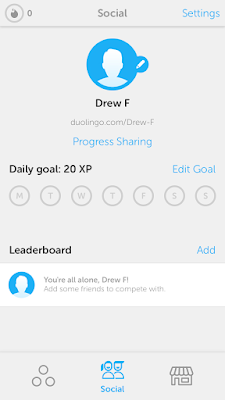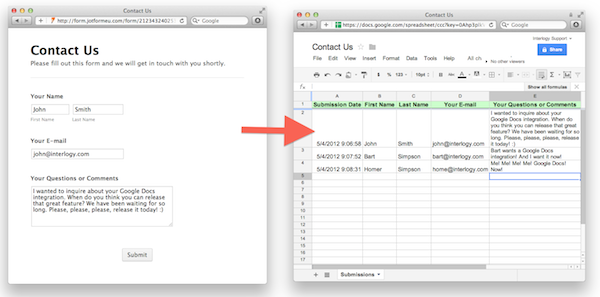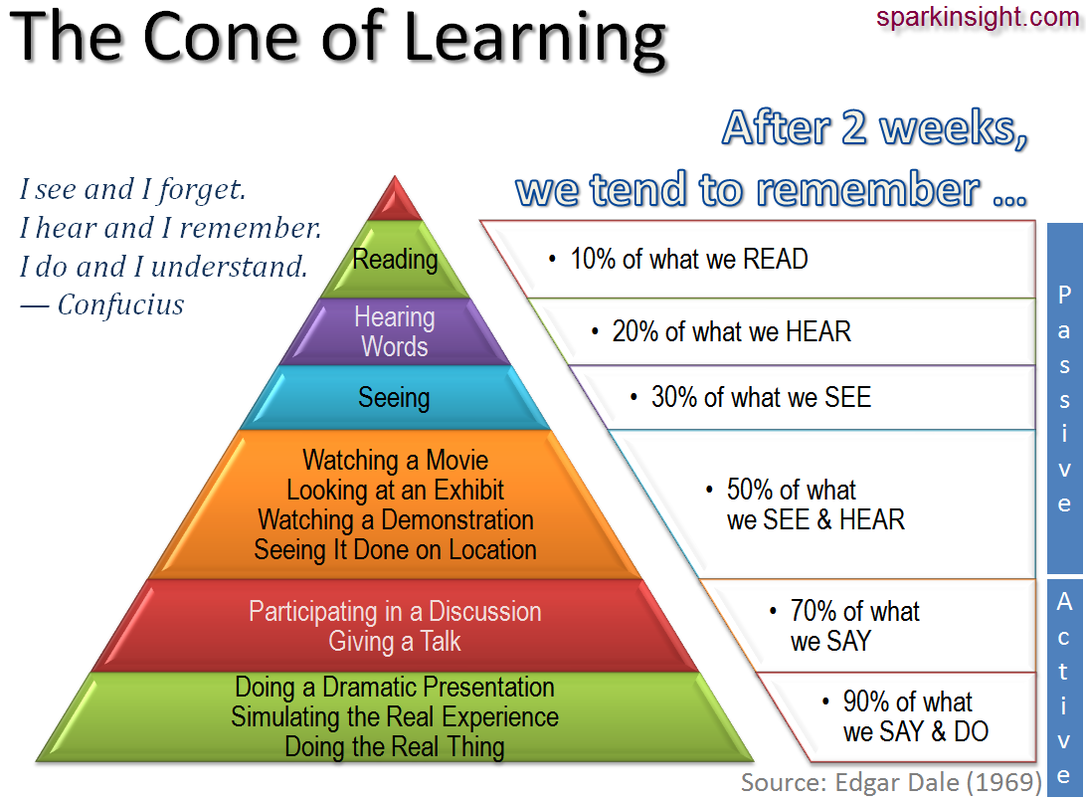Evernote:
Evernote is a note taking and organization based app that allows users to take notes, pictures, video, audio, and any other media all within one place. The app is accessible from any device and syncs all input to all devices. Convenient features include the ability to integrate reminders and calendar updates in notes, take notes and video in one place. Users can also separate notes by notebooks. In short, this is the standard school notebook on steroids and on the computer. Notes can be tagged and shared between users as well allowing for collaboration. Evernote also connects to Google Drive and other accounts to allow information to be linked to larger files. You can also install a Chrome extension that allows direct clippings of websites to be embedded within a notebook.
As an organizational tool for note taking Evernote is hard to beat. The mobile versions also support scribbling with fingers either for writing notes, drawing pictures, or other useful tasks. As a tool for mobile learning, this allows students to access a central repository of their notes and information anywhere at any time. It can provide creative opportunities to make collaborative stories, books, or assessments of student learning. It also provides several tools that can be useful to students with learning limitations or students that are learning English. There are even text to speech tools that with the right accommodations can record a teacher's voice and notes verbatim on a note for future review that are easy to add to most web browsers if they are not already installed on a computer. A sample of some of the things that can be done using Evernote is available here.
Slides:
Google released Slides as part of its Drive suite of apps. At face value it works as a stand in for Powerpoint, but it provides many more useful functions that are note present in it's Microsoft predecessor. First, since it exists within the Google universe, it is integrated with their search engine and other apps. This means that it is easy to insert video, images, and links to other pages within a presentation making it much more useful and collaborative. Slides presentations can also be embedded in many places and shared with either read, write, or read/write permissions. This can allow for collaborative work and learning at any time. Records of changes are connected to the accounts of the users, so any changes that are made can be connected to the person that made them. Access to links allows students to log in to a presentation as it is being made no matter where they are, as well as later if they miss certain areas. Sick days and bathroom breaks are no longer a reason to miss class!
I often run entire units through a Google Slides presentation. Students can move at their own pace through notes and activities and at some times, even contribute to the notes. An example of one of these units is included below. This past summer, an new "Explore" feature was added that allows research, images, slide layouts, and other items to be added- often with suggestions by Google that can lead you to resources and ideas you may not have had before.
Quizlet is an app that allows users to create virtual flashcards and other methods of testing themselves content or reviewing what they have learned. It is easy to create flashcards and once created, they can be accessed by anyone. This means that classes can have collaborative flashcards created by students, teachers, or both. There are also game elements that users can use to make their review more fun. These games include "Gravity" or "Matching". Menu options like "Learn" or "Test" allow users to change the way that they are viewing content and redefine how they are remembering. Scores can be compared to others that have used the Quizlet as well which adds a competitive component to the studying process.
 |
| A flashcard in Quizlet |
Quizlet brings the classroom review game online and makes it mobile. Students do not need to be in the same room or using the program at the same time in order to review their learning. If mobile learning includes being able to move at your own pace through learning regardless of time and distance from a physical classroom students need to be able to review their learning in the same way. Quizlet allows this. There are other programs that include similar features and value, but Quizlet provides an ease of use that is difficult to beat.
Duolingo is an app that allows learners to learn a large number of languages. This has obvious applications in a foreign language class, but it can also be used in other classes. In Social Studies for example, requiring students to communicate in a different language can help them realize the importance of language in communication, build connections between shared areas of language (for example Latin, French, and English, or even help them communicate with students from other countries.
Duolingo uses an easy and interactive interface to teach basic language skills using visual, reading, and listening to teach. I used it to learn some basic Dutch before traveling to The Netherlands and Belgium a few years ago. After a few basic lessons, I was able to at least survive the grocery store and basic interaction with store and restaurant employees while I was there. There is a competitive and badge based component to Duolingo that allow you to see who is working at the same levels that you are and encourage further learning. In some ways, it is the learning a foreign language equivalent to a Fitbit. There are social, competitive, and reminder based elements to both and you are rewarded for your progress. Both include easy and intuitive user interfaces as well. Sharing progress is an easy way to keep yourself working to complete lessons and hold yourself accountable through the sharing portion of the app.

All the apps discussed above fit the bill for use in Mobile Learning. They provide content to users in different ways and allow access on any platform, anywhere, at anytime. While these make mobile learning easy, they are still tools. They need to be used in appropriate and useful ways. For teachers to be successful in the use of Mobile Learning tools, they will need to be aware of this and plan accordingly.
 |
| A Sample of a Dutch Lesson |
 |
| Another method of learning Dutch |

All the apps discussed above fit the bill for use in Mobile Learning. They provide content to users in different ways and allow access on any platform, anywhere, at anytime. While these make mobile learning easy, they are still tools. They need to be used in appropriate and useful ways. For teachers to be successful in the use of Mobile Learning tools, they will need to be aware of this and plan accordingly.












